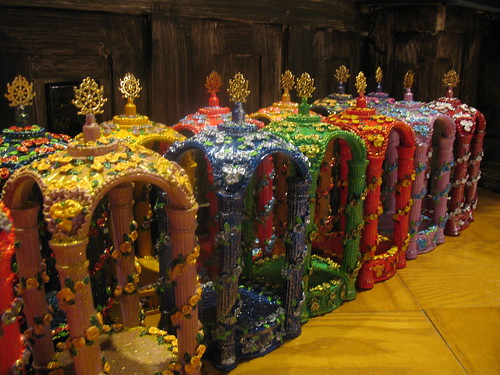 Dallas Morning News,
Dallas Morning News,
Each week we will post a question to a panel of about two dozen clergy, laity and theologians, all of whom are based in Texas or are from Texas. They will chime in with their responses to the question of the week. And you, readers, will be able to respond to their answers through the comment box.
What would Jesus tweet? If Jesus were here today – or if Twitter had been an available app 2,000 years ago – would Jesus have used it as a communication tool to reach larger audiences? More broadly, would Jesus have used social media to spread his message? Cardinal Gianfranco Ravasi, the Vatican’s media-savvy minister of culture, has suggested that Jesus “used tweets before anyone else.” What he meant was that Jesus made statements that were brief, punchy and full of meaning as a way of spreading his particular message of faith.
Elementary phrases like ‘Love one another’ would have fit within Twitter’s 140-character convention with room to spare for a hashtag. After all, Pope Francis has more than 3 million followers on Twitter. And presumably only the most steadfast Luddite would say that people of faith shouldn’t use every tool necessary to advance the faith. And this is likely true regardless of faith tradition – Christian, Muslim, Buddhist, Hindu, whatever the spiritual expression of our lives.
But back to the original idea. How would Jesus have used Twitter? What would he have said in 140 characters? The Texas Faith panel considers the question and offers some provocative ideas about technology, faith and the modern world. (What if the Sermon on the Mount had been live-streamed? The clearing of the temple posted on YouTube?)
How would Jesus have viewed social media? What would Jesus tweet?
NITYANANDA CHANDRA DAS, minister of ISKCON (International Society for Krishna Consciousness), Dallas
Essential truth spoken concisely is true eloquence. - Vedic aphorism.

In spiritual life there is a principle called vairāgya, or renunciation. But this principle is often misunderstood. Many hold the idea that to give something up is renunciation. Such as, I give up my car, my guitar, my bank balance and so on. But this idea is seated in the notion that oneself is the owner of that item or activity that one is giving up. I give up my guitar because it is mine to give away. That is called phalgu vairāgya or false renunciation.
Yukta vairāgya, or practical renunciation, carries the idea that God is the owner and ultimate beneficiary of all things. Thus by using my guitar to sing the glories of God is the proper use of the guitar and my talent. Just as if one finds a wallet the right thing to is to return it back to the owner.
The wise devotee of the Lord learns how to use everything practically in the service of the Lord and at the same time is ever vigilant to maintain steady spiritual practice by avoiding those things that may impede it.












 Pope Francis offered some provocative thoughts last week.
Pope Francis offered some provocative thoughts last week.  The basic idea in the Bhagavad Gita is that the soul is different from the body. That is something that everyone witnesses, whether they know it or not. That body changes but the witness within that body remains the same.
The basic idea in the Bhagavad Gita is that the soul is different from the body. That is something that everyone witnesses, whether they know it or not. That body changes but the witness within that body remains the same.
